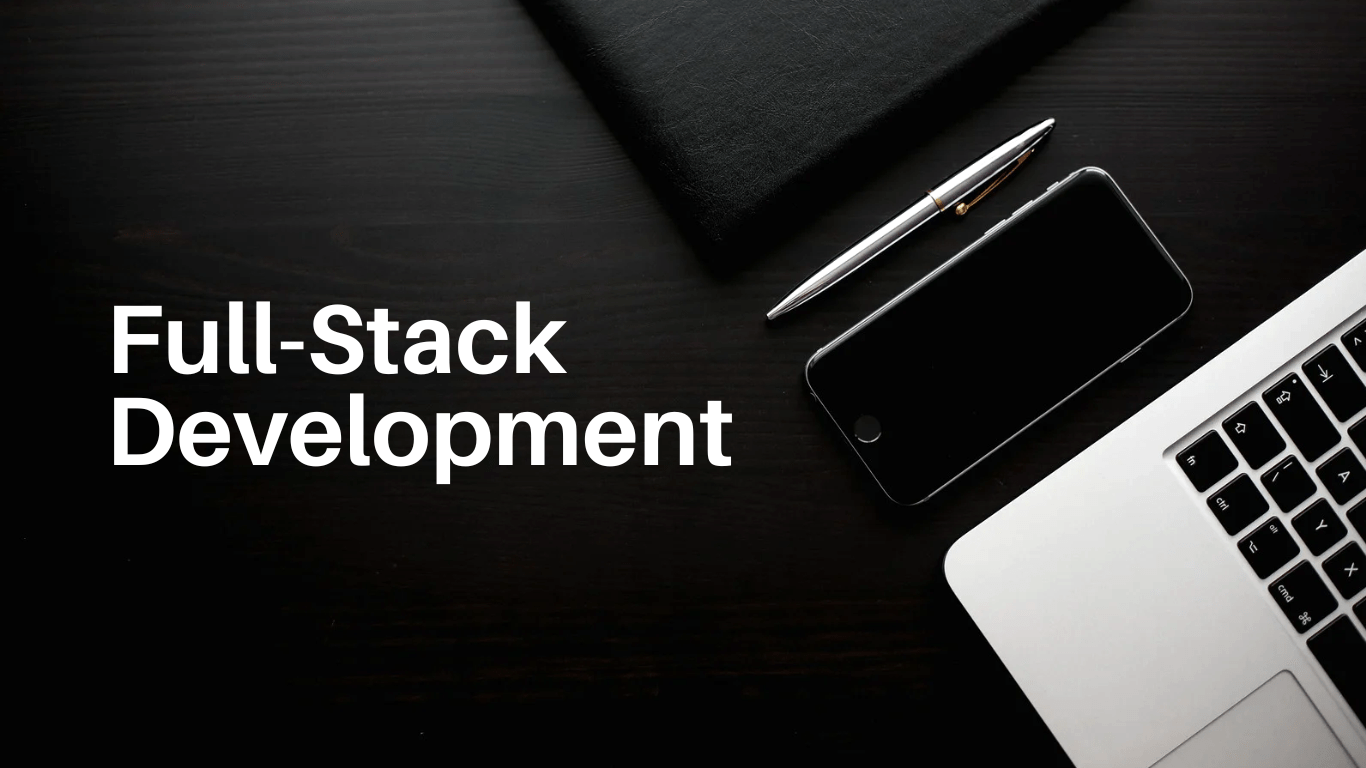What Is Full-Stack Development? A Guide to Building Complete Applications

Full-Stack Development: A Guide to Building Complete Applications
What is Full-Stack Development?
Full-stack development refers to the process of building complete software applications that encompass both the front-end (user interface) and back-end (server, database, and logic) components. A full-stack developer is proficient in handling the entire development process, ensuring seamless integration between all layers of the technology stack.
Key Components of Full-Stack Development
- Front-End Development
The front-end involves everything the user interacts with directly. It includes the visual layout, navigation, graphics, and overall user experience (UX). Common front-end technologies include:- Languages: HTML, CSS, and JavaScript
- Frameworks/Libraries: React, Angular, Vue.js
- Tools: Webpack, Bootstrap, Sass
- Back-End Development
The back-end powers the application from behind the scenes. It includes the server, application logic, and database interactions. Back-end development focuses on:- Languages: JavaScript (Node.js), Python, Java, Ruby, PHP
- Frameworks: Express.js, Django, Flask, Spring, Laravel
- Databases: MySQL, PostgreSQL, MongoDB, Firebase
- APIs: RESTful APIs, GraphQL
- DevOps and Deployment
Full-stack developers often handle application deployment and maintenance. Key skills include:- Setting up servers (e.g., AWS, Azure, Google Cloud)
- Using containers and orchestration tools (e.g., Docker, Kubernetes)
- Configuring CI/CD pipelines
The Role of a Full-Stack Developer
A full-stack developer bridges the gap between front-end and back-end teams, enabling cohesive application development. Their responsibilities often include:
- Designing user interfaces and layouts
- Developing server-side logic and APIs
- Integrating front-end components with back-end systems
- Managing databases and optimizing queries
- Ensuring security, scalability, and performance
Advantages of Full-Stack Development
- Versatility: Full-stack developers can contribute to all stages of development, making them highly adaptable.
- Cost-Effectiveness: Companies can rely on a single developer or a smaller team to handle end-to-end development.
- Faster Development Cycles: Collaboration between front-end and back-end work is streamlined, reducing delays.
- Broader Career Opportunities: Mastering full-stack skills opens doors to a wide range of roles in software development.
Tools for Full-Stack Development
- Version Control: Git, GitHub, GitLab
- Integrated Development Environments (IDEs): VS Code, IntelliJ IDEA, WebStorm
- Testing Tools: Jest, Mocha, Selenium, Postman
- Project Management: Jira, Trello, Asana
Challenges of Full-Stack Development
- Keeping Up with Trends: Technology evolves rapidly, requiring continuous learning.
- Balancing Front-End and Back-End Skills: Mastery in both domains can be demanding.
- Scalability and Maintenance: Managing large-scale applications with a small team can be complex.
Conclusion
Full-stack development is an exciting and dynamic field that combines creativity and technical expertise. By mastering both front-end and back-end technologies, developers can build robust, user-friendly applications that meet modern demands. Whether you’re a budding developer or an experienced engineer, learning full-stack development offers immense value and career growth opportunities.